The President of India holds a pivotal position as the ceremonial head of the state, embodying the unity and integrity of the nation. Although the office is often perceived as largely symbolic, Powers of President of India is defined by India’s Constitution . These powers, when wielded judiciously, can significantly influence the political and administrative landscape of the country. This blog post delves deep into the powers of the President of India, exploring historical events, constitutional amendments, the presidential election mechanism, and the present scenario of presidential authority.
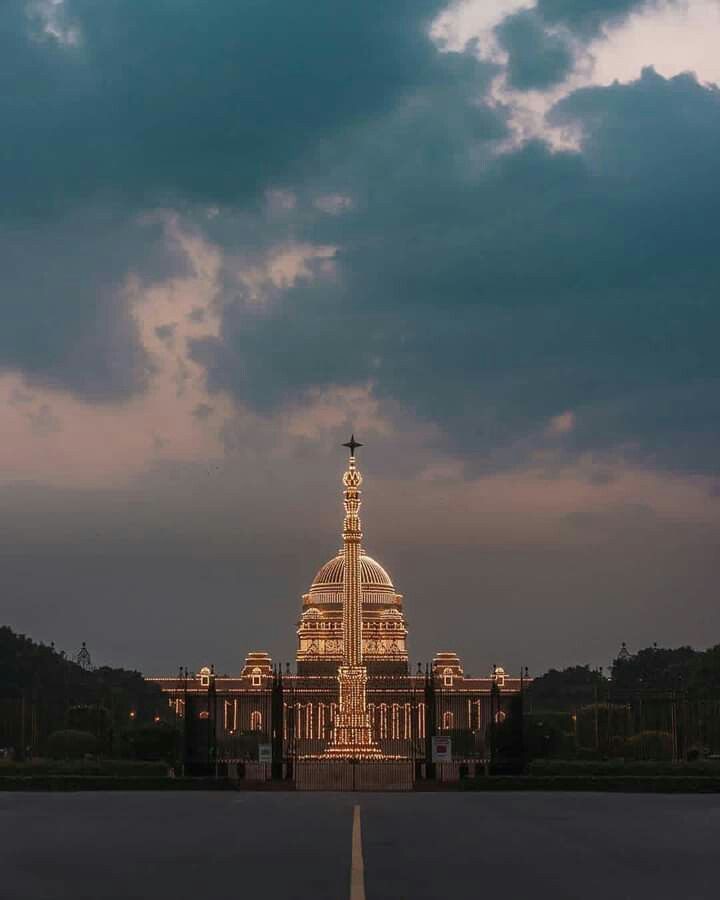
Historical Background
Table of Contents
ToggleThe concept of a head of state in India has its roots in the British colonial system, where the Governor-General served as the highest executive authority. Post-independence, the Indian Constituent Assembly, in its deliberations, decided to adopt a similar structure, but with modifications to suit a sovereign democratic republic. The first President of India, Dr. Rajendra Prasad, played a crucial role in shaping the office and establishing its significance. Over the years, the presidency has evolved, influenced by various historical events and constitutional amendments.
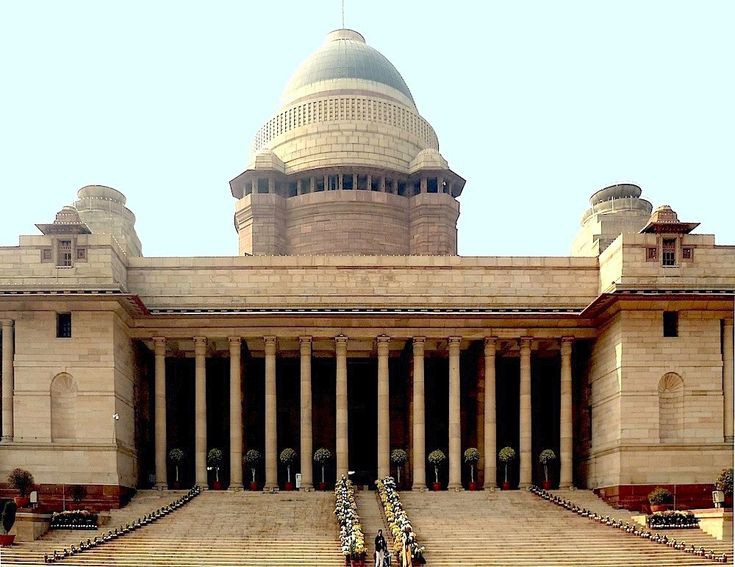
Election Mechanism of the President
The President of India is elected by an electoral college, which includes Members of Parliament (MPs) and Members of Legislative Assemblies (MLAs) from all states and Union territories. This system ensures a broad-based representation, reflecting the federal structure of the country.The electoral college employs a single transferable vote system, ensuring proportional representation. Each vote has a specific value, with MPs and MLAs casting their votes based on a preferential system. This mechanism is designed to avoid a direct popular election, maintaining the President’s role as a non-partisan figure.Eligibility criteria for presidential candidates include being a citizen of India, at least 35 years of age, and qualified to be elected as a member of the Lok Sabha. The election process is meticulously organized, with strict timelines and procedures to ensure transparency and fairness.
Types of Powers of the President of India
The President of India exercises a wide array of powers, classified into executive, legislative, financial, judicial, military, and diplomatic categories. Each of these powers is defined and limited by the Constitution, ensuring a balance between authority and accountability.
Executive Powers
The President’s executive powers are substantial, involving the appointment of the Prime Minister and the Council of Ministers. Article 75 of the Constitution stipulates that the President appoints the Prime Minister, who is typically the leader of the majority party or coalition in the Lok Sabha. The President also appoints Governors of states, Judges of the Supreme Court and High Courts, and other key officials, including the Attorney General and the Comptroller and Auditor General.The President administers Union Territories directly, with the help of Lieutenant Governors or Administrators. These appointments and administrative roles highlight the President’s significant influence over the executive branch of the government.
Legislative Powers
The President’s legislative powers include summoning, proroguing, and dissolving the Parliament. The President addresses the Parliament at the commencement of the first session after each general election and at the beginning of the first session each year, outlining the government’s policies and programs.Article 123 grants the President the authority to promulgate ordinances when Parliament is not in session. These ordinances have the same force and effect as laws passed by Parliament, although they must be ratified by Parliament within six weeks of reassembling.
Financial Powers
The President plays a crucial role in the financial administration of the country. The annual budget, or the Annual Financial Statement as mandated by Article 112, is presented to Parliament with the President’s approval. The President is also the custodian of the Consolidated Fund of India, ensuring that government expenditures are authorized by the appropriate legislative body.
Judicial Powers
The President appoints judges to the Supreme Court and High Courts, a significant aspect of the judicial system. Article 72 grants the President the power to grant pardons, reprieves, respites, or remissions of punishment, suspend, remit or commute the sentence of any person convicted of any offense. This clemency power underscores the President’s role in the administration of justice.
Military Powers
As the Supreme Commander of the Armed Forces, the President holds a prestigious position, symbolizing the ultimate civilian authority over the military. Article 53 outlines the President’s role in matters of defense and war, although the actual exercise of these powers is subject to the advice of the Council of Ministers.
Diplomatic Powers
The President represents India in international forums, appointing ambassadors and high commissioners to other countries. The President also receives foreign dignitaries and plays a vital role in the negotiation and signing of international treaties, subject to parliamentary approval.
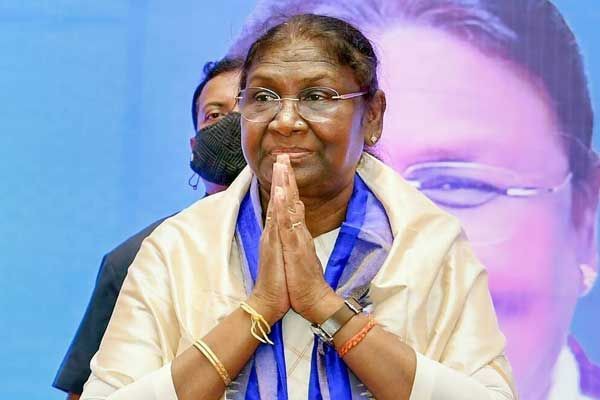
Constitutional Articles Related to Presidential Powers
The powers of the President are enshrined in various articles of the Indian Constitution. Articles 52 to 78 specifically deal with the President’s role and authority. These articles provide a detailed framework for the President’s duties, powers, and functions.Emergency provisions under Articles 352, 356, and 360 grant the President extraordinary powers to deal with situations of national crisis. Article 352 empowers the President to declare a national emergency in case of war, external aggression, or armed rebellion. Article 356 allows the President to impose President’s Rule in states under certain conditions, and Article 360 permits the declaration of a financial emergency.
Impact of Historical Events and Constitutional Amendments
Several historical events and constitutional amendments have significantly impacted the powers of the President of India. The 42nd Amendment of 1976, passed during the Emergency period, curtailed the President’s discretionary powers, enhancing the authority of the Prime Minister and the Council of Ministers.The 44th Amendment of 1978, enacted after the Emergency, restored some of the President’s powers and discretion, reinforcing the checks and balances in the political system. This amendment was crucial in re-establishing the President’s role as a constitutional guardian.The President’s role during the Emergency (1975-77) is a significant case study. The then President, Fakhruddin Ali Ahmed, controversially exercised his powers to declare an emergency, leading to a period of severe political and civil liberties suppression. This period highlighted the potential for misuse of presidential powers and the need for robust constitutional safeguards.
Present Scenario of Presidential Powers
The current President of India, as of 2024, continues to play a vital role in the functioning of the government. The exercise of presidential powers is often influenced by the political dynamics and the relationship with the Prime Minister and the Council of Ministers.Recent decisions by the President, such as the appointment of key officials and the promulgation of ordinances, reflect the ongoing significance of the office. The President’s role in addressing Parliament and influencing legislative priorities continues to be crucial in the current political landscape.
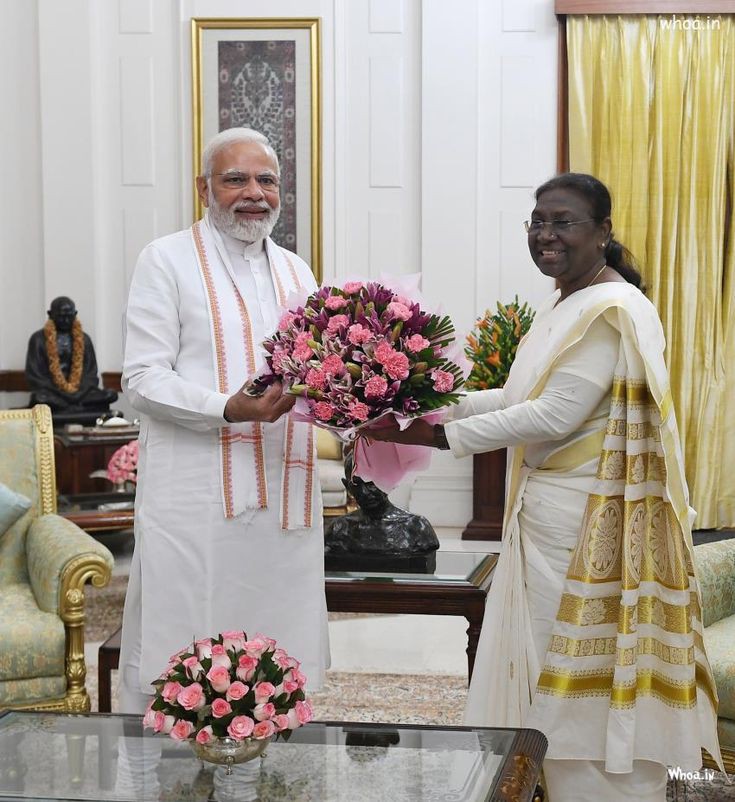
Indirect Aspects Influencing Presidential Powers
Several indirect aspects influence the exercise of presidential powers in India. The judiciary plays a critical role in interpreting and defining the scope of these powers, ensuring that the President acts within constitutional limits.Political parties and coalition dynamics also significantly impact the President’s authority. In a coalition government, the President’s role in the appointment of the Prime Minister can become contentious, highlighting the importance of political consensus and stability.Public opinion and media influence are increasingly relevant in shaping the perception and exercise of presidential powers. The President’s decisions and actions are often scrutinized by the media and the public, emphasizing the need for transparency and accountability.
Comparing the powers of the President of India with those of presidents in other democratic countries provides a broader perspective. While the Indian President’s powers are constitutionally defined and limited, presidents in some other countries, like the United States, have broader executive authority. This comparison underscores the unique nature of the Indian political system and the careful balance of power between different branches of government.
Conclusion
The powers of the President of India are a testament to the intricate balance of authority and responsibility enshrined in the Indian Constitution. While the President’s role is largely ceremonial, the exercise of executive, legislative, financial, judicial, military, and diplomatic powers highlights the significant influence of the office.Historical events and constitutional amendments have shaped the evolution of presidential powers, ensuring that the President remains a key figure in India’s democratic framework. The present scenario reflects the ongoing relevance of the President’s authority, influenced by political dynamics, judicial interpretations, and public opinion.
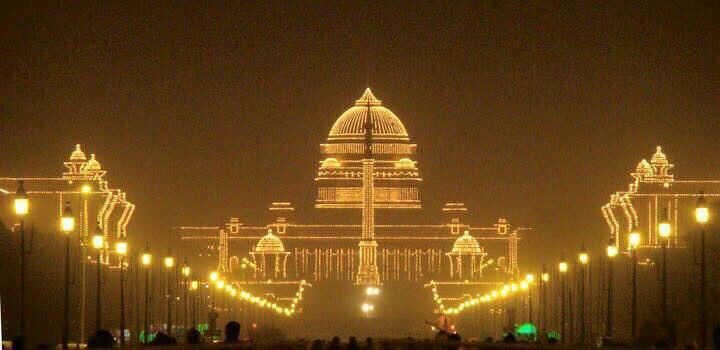
FAQs
Q1: What are the executive powers of the President of India?
The executive powers of the President of India include the appointment of the Prime Minister, the Council of Ministers, Governors of states, judges of the Supreme Court and High Courts, and other key officials. The President also administers Union Territories and plays a role in the administration of the government.
Q2: How is the President of India elected?
The President of India is elected by an electoral college comprising Members of Parliament (MPs) and Members of Legislative Assemblies (MLAs) from all states and Union territories. The election employs a single transferable vote system, ensuring proportional representation.
Q3: What are the legislative powers of the President of India?
The legislative powers of the President include summoning, proroguing, and dissolving the Parliament, addressing the Parliament, and promulgating ordinances when Parliament is not in session. These powers ensure the President’s significant role in the legislative process.
Q4: What are the emergency powers of the President of India?
The President of India has the authority to declare a national emergency (Article 352), impose President’s Rule in states (Article 356), and declare a financial emergency (Article 360). These powers are exercised under specific conditions of national crisis.
Q5: How do historical events influence the powers of the President of India?
Historical eventshave significantly shaped the powers of the President of India. For instance, the Emergency period (1975-77) demonstrated the potential for misuse of presidential authority, leading to subsequent constitutional amendments that restored checks and balances. The 44th Amendment of 1978, for instance, reinforced the President’s discretion and underscored the need for constitutional safeguards.
Q6: How do judicial interpretations affect the President’s powers?
Judicial interpretations play a critical role in defining the scope and limits of the President’s powers. The judiciary ensures that the President acts within constitutional boundaries, and landmark judgments have clarified various aspects of presidential authority, reinforcing the rule of law.
Q7: How do political dynamics influence the President’s role?
Political dynamics, including party politics and coalition government scenarios, significantly impact the President’s role. The appointment of the Prime Minister in a coalition government can become contentious, highlighting the President’s need to navigate political complexities and maintain stability.
Q8: What is the significance of the President’s clemency powers?
The President’s clemency powers, as outlined in Article 72, allow for pardons, reprieves, respites, or remissions of punishment. These powers are vital in the administration of justice, providing a mechanism for mercy and the correction of judicial errors.
Q9: How do diplomatic powers reflect the President’s role in international relations?
The President’s diplomatic powers include appointing ambassadors, receiving foreign dignitaries, and signing international treaties. These responsibilities underscore the President’s role in representing India on the global stage and influencing international relations.
Q10: How does public opinion shape the President’s exercise of powers?
Public opinion and media scrutiny play a significant role in shaping the perception and exercise of presidential powers. Transparency, accountability, and public approval are increasingly important for the President’s decisions and actions, reflecting the democratic nature of the office.
reference list :-
- [Constitutional Provisions Related to the President of India – India.gov.in]
- [Website of the President of India – India.gov.in]
- [Powers and Functions of the President of India – Ministry of Law and Justice]
- Presidential Election – Election Commission of India]
- [The Role of the President of India – National Portal of India]
